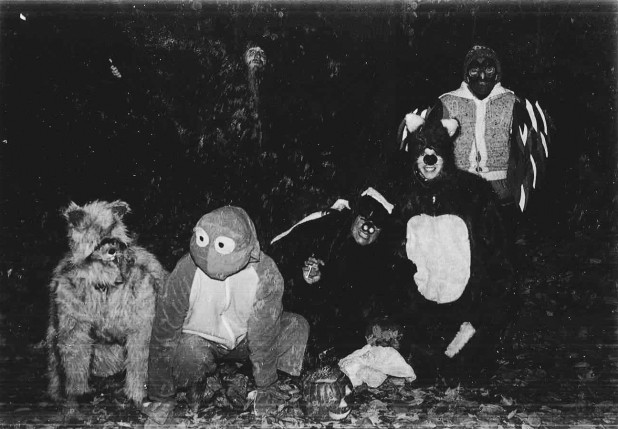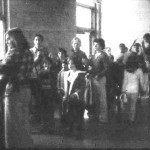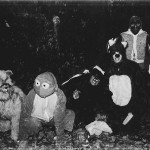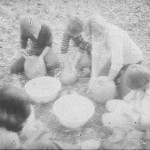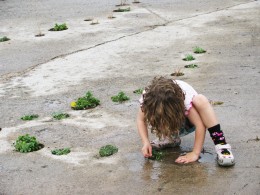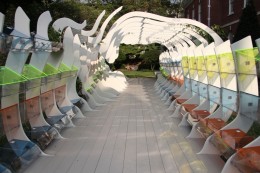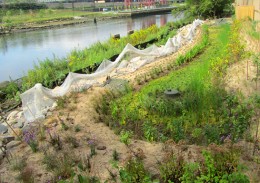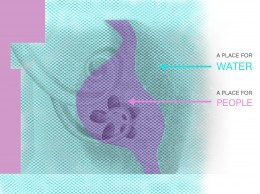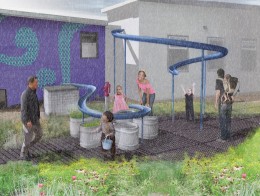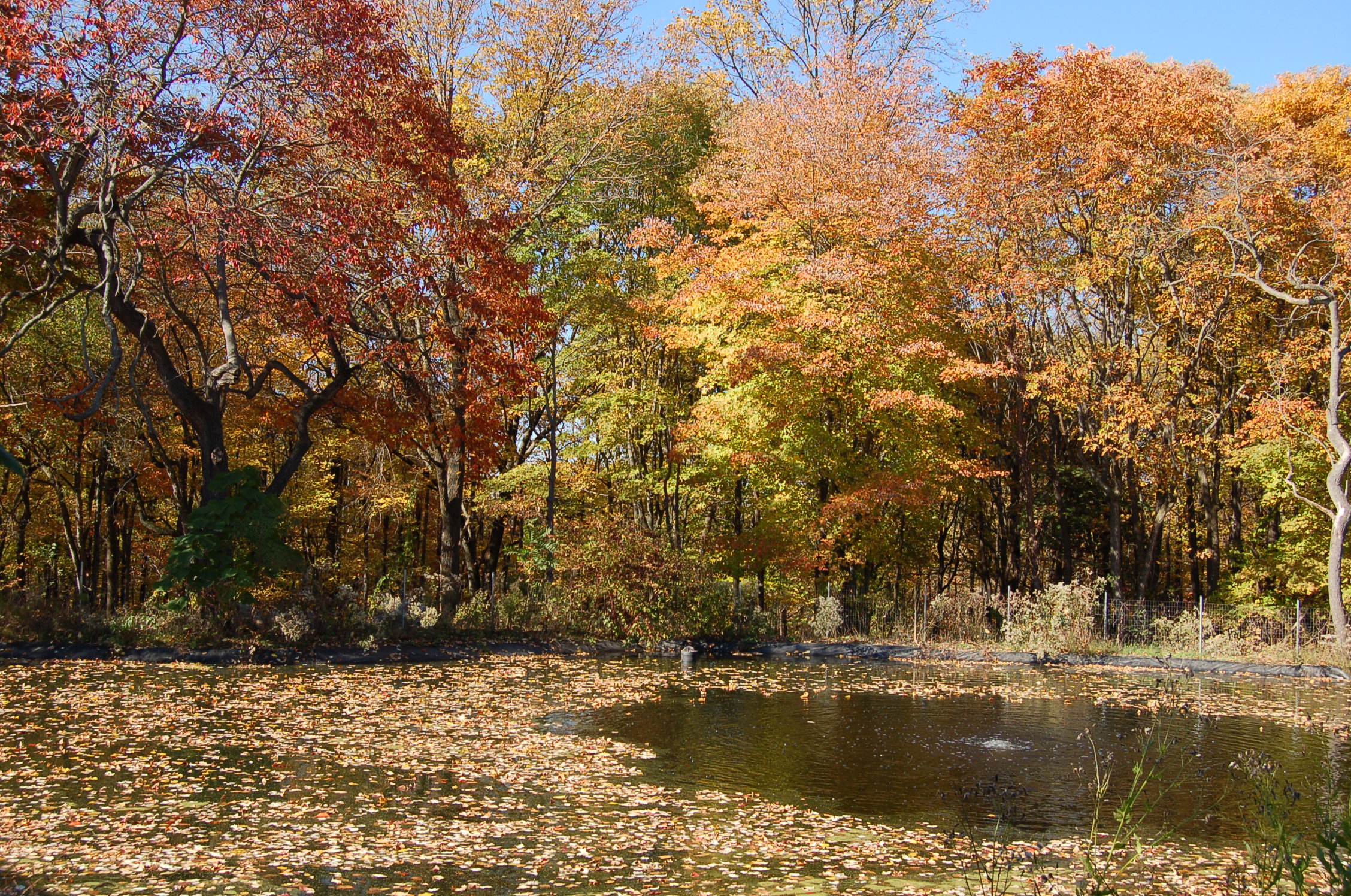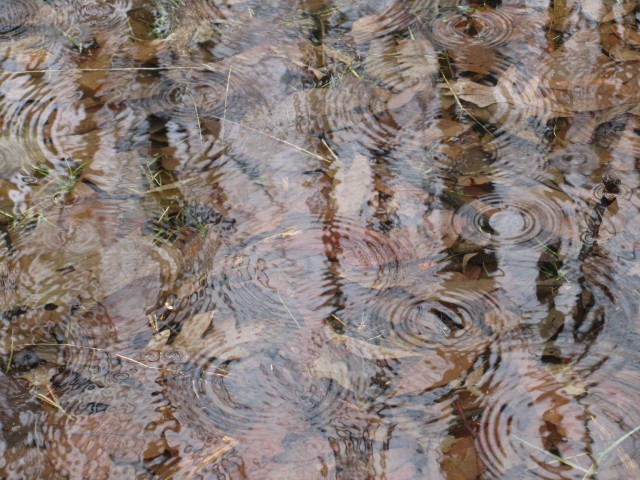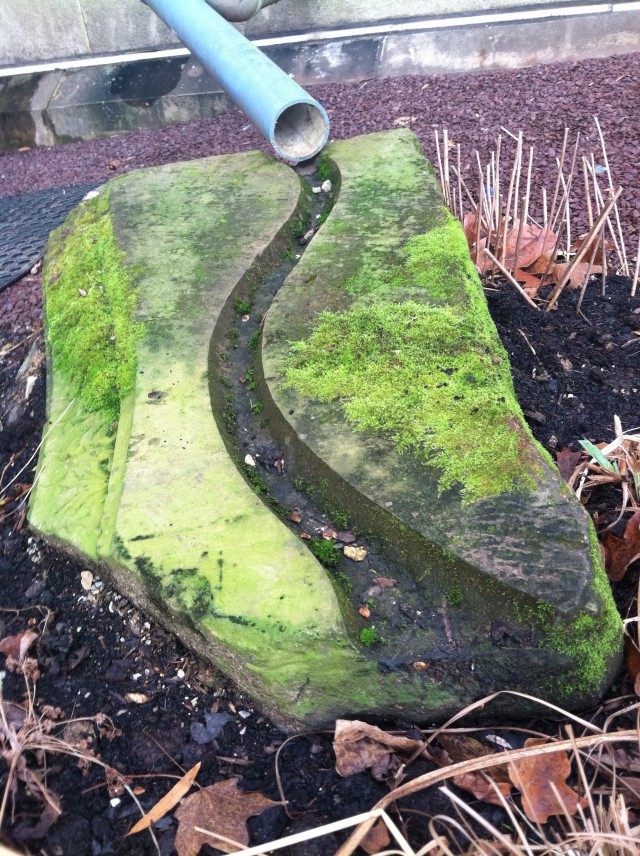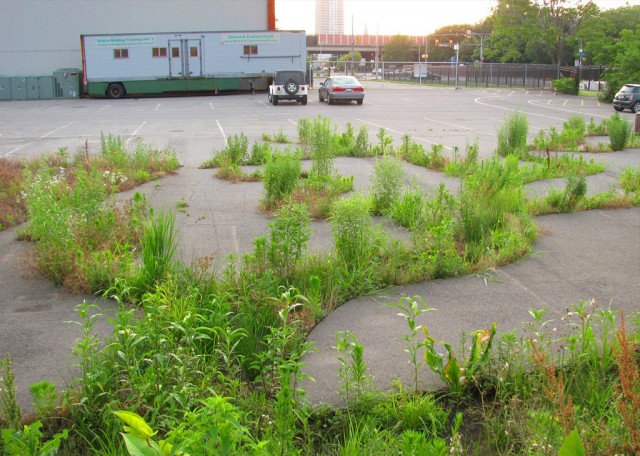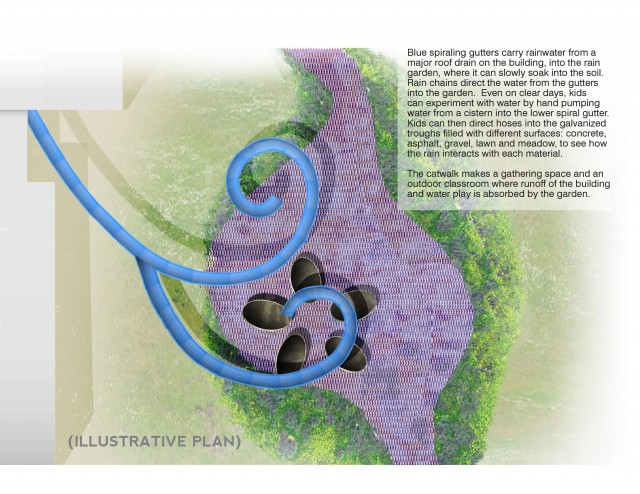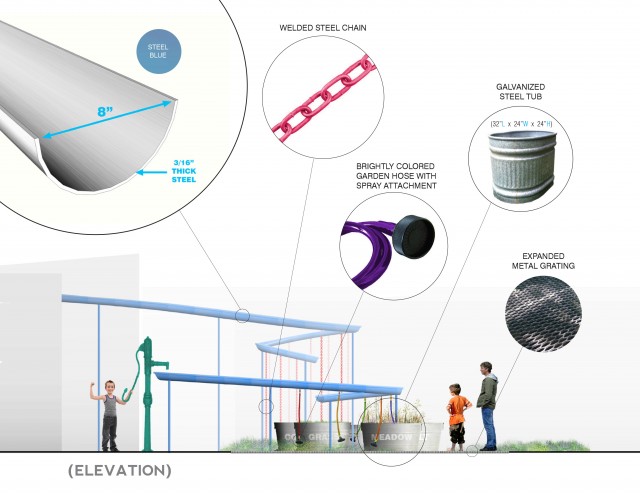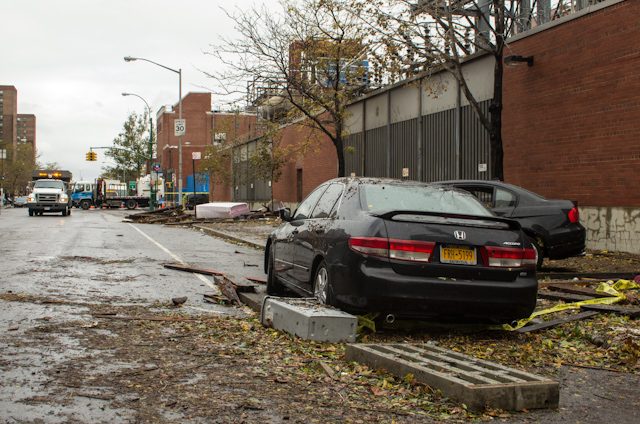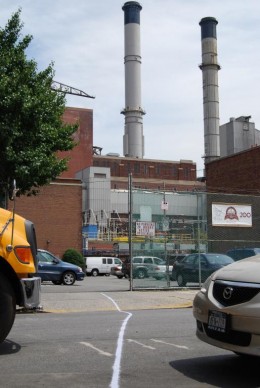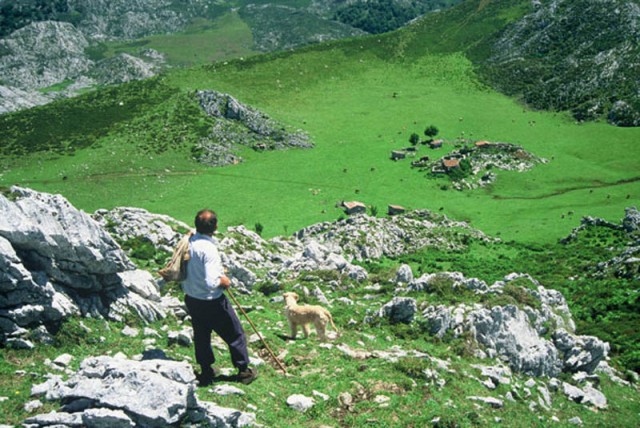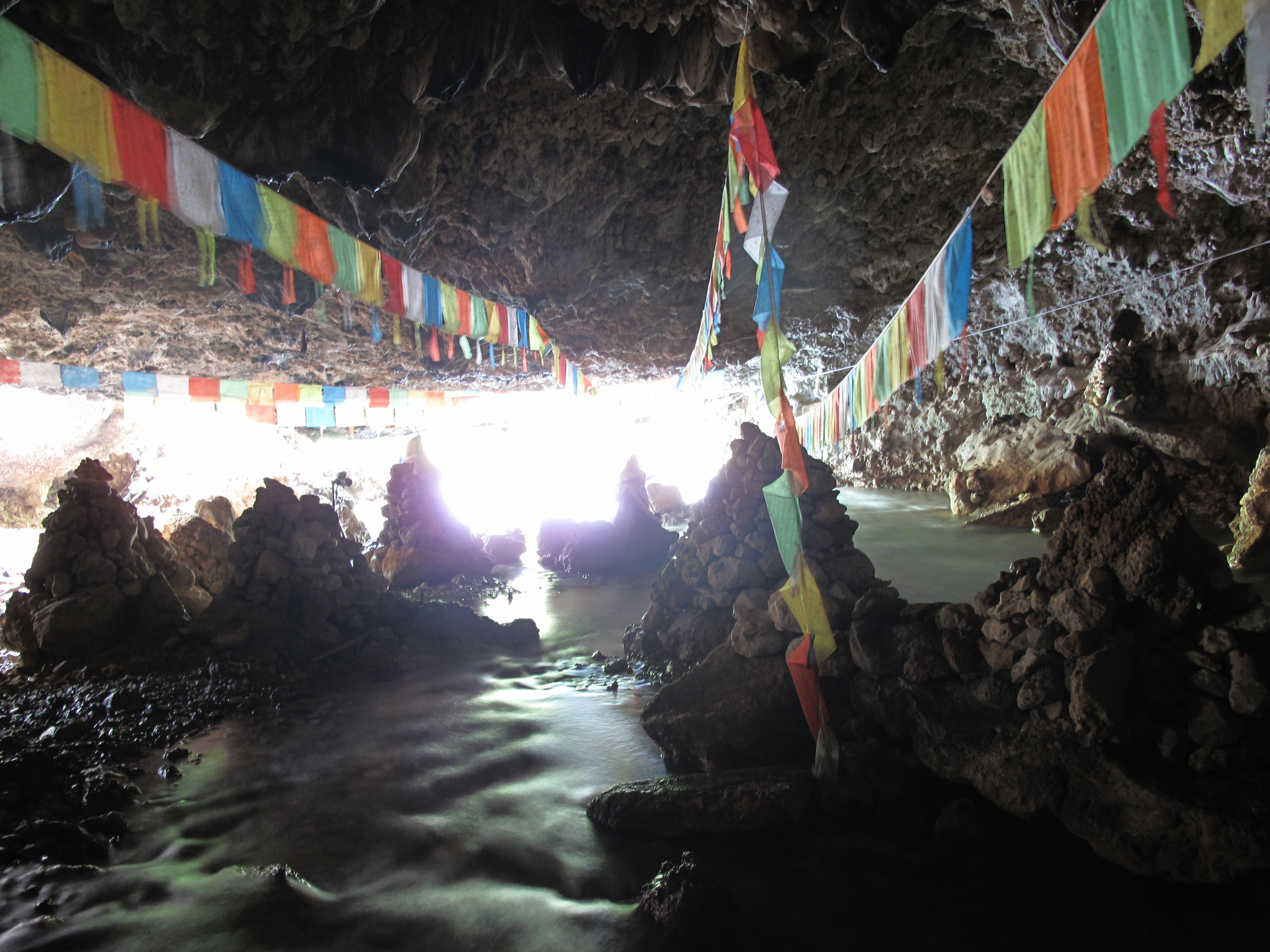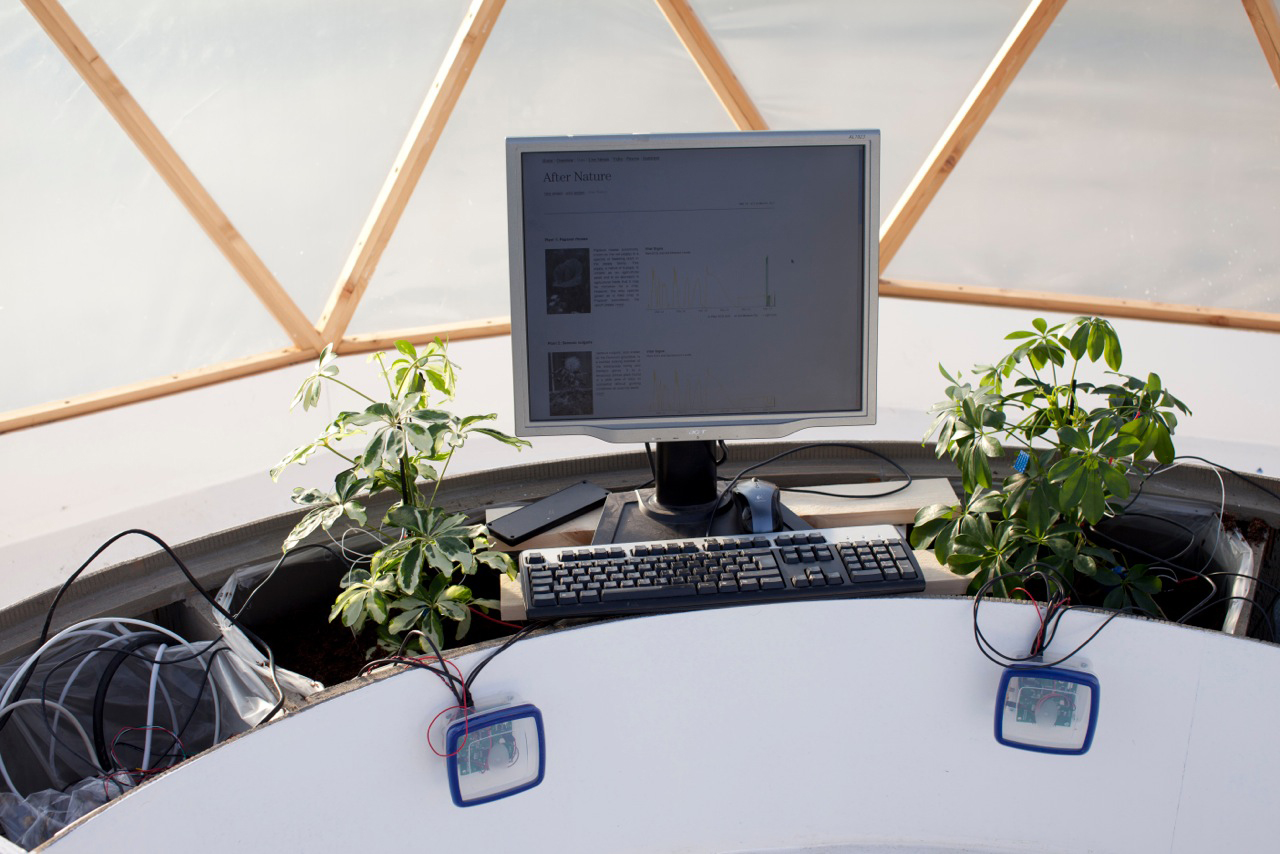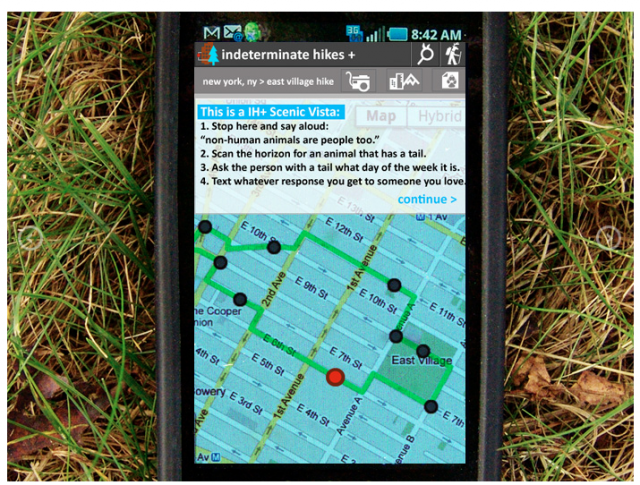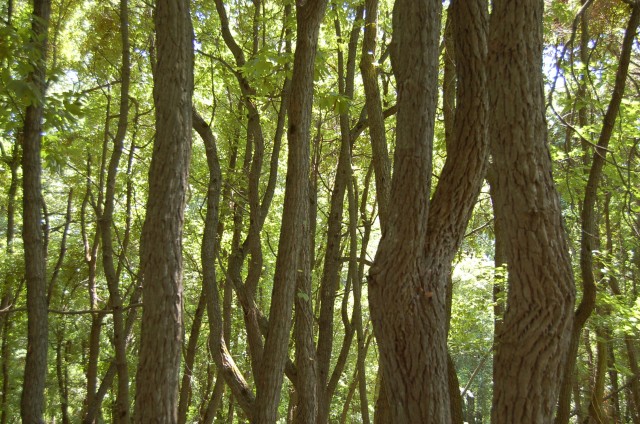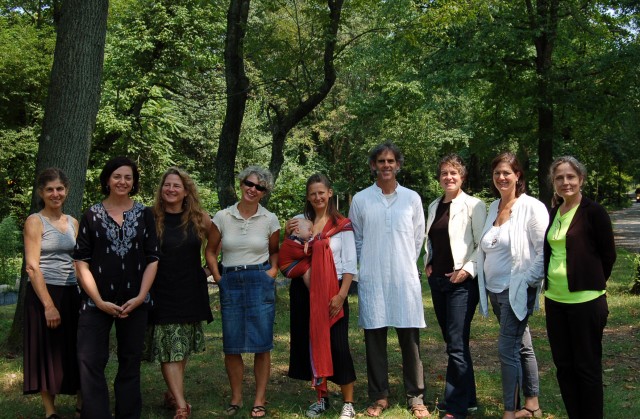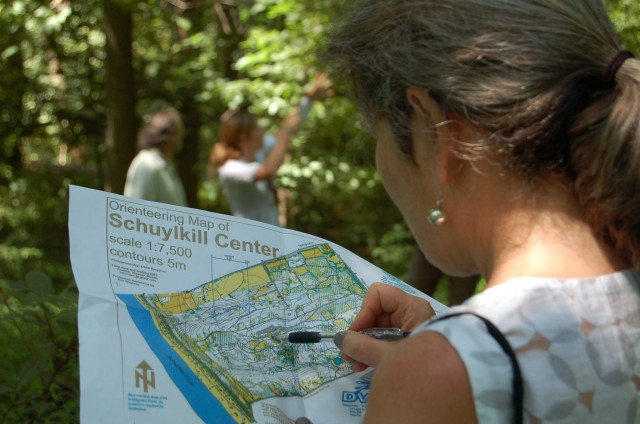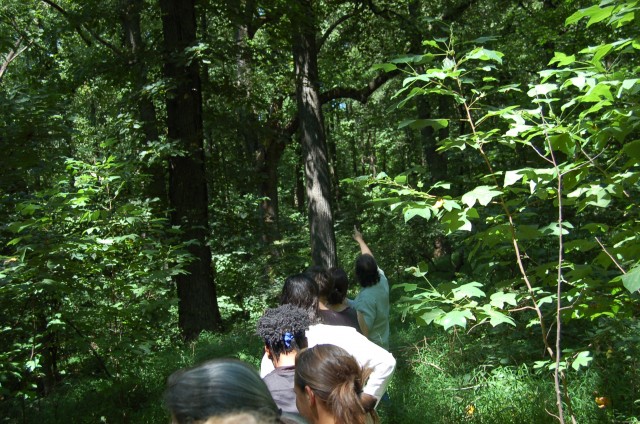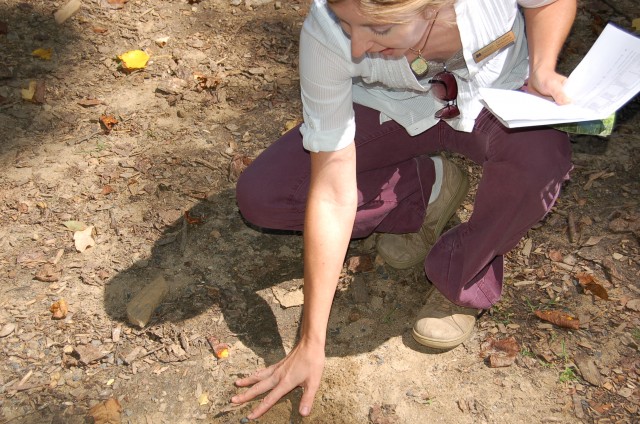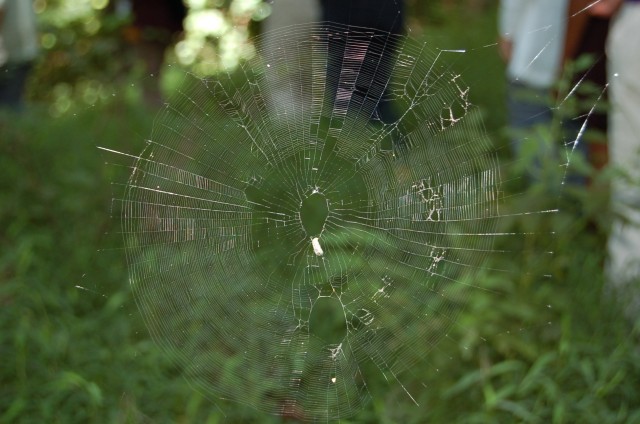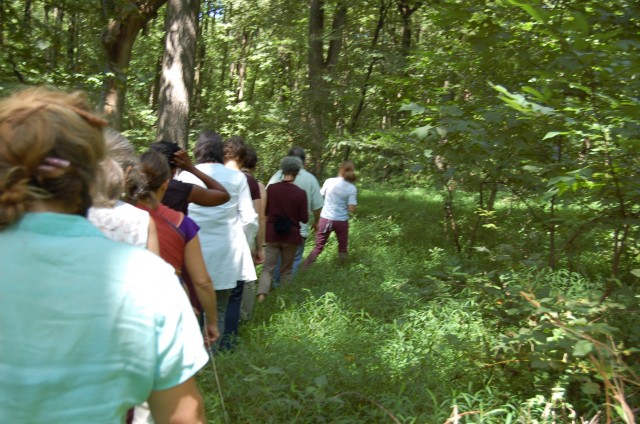By Ezra Tischler, Arts and PR Intern
The forest can be a scary place at night. Its unfamiliar sounds reach out from the darkness, telling a nocturnal tale we humans seldom hear. However, the nighttime forest is full of much more than fright. By the light of moon, the forest comes alive. Owls screech and hoot; frogs croak; skunks, raccoons, and opossums forage through the forest floor; bats flap about in search of something to eat. A wondrously active forest is born each night.
At the Schuylkill Center we explore just how amazing, and un-scary, the nighttime forest is with one of our most popular programs ever, Halloween Hikes and Hayrides. Established nearly 30 years ago, Halloween Hikes and Hayrides is now our longest running program ever! Families walk through our candlelit forest in search of educators dressed as nocturnal animals. Each animal—a skunk, raccoon, bat, fox, opossum, frog, and owl—tells their wild night-life story to our guests.
I spent some time last week looking through the Schuylkill Center’s extensive photo archive searching for evidence of the first Halloween Hikes and Hayrides. Though it was difficult to pinpoint the very first Halloween Hike, I was able to find some photos and negatives from hikes dating as far back as 1977. Mike, our director, says he doesn’t remember Halloween Hikes and Hayrides under that name from his first stint at the Schuylkill Center, but it’s clear the tradition is a long one. Halloween Hikes & Hayrides has grown a lot since its inception. One photo shows about a dozen-or-so hikers gathering before heading to the forest. Last year we took to the forest with around 300 hikers in attendance!
Another photo from 1977 shows children enjoying a pumpkin carving session; we won’t have pumpkin carving at this year’s event, but there will be pumpkins for painting–a favorite in recent years. One of the earliest photos of anyone in costume shows our educators dressed as friendly nocturnal animals, it’s dated 1988. I was only a newborn in 1988, but I’m excited to join this year’s Halloween Hike as a costumed educator. More than anything, I can’t wait to see our forest trails dappled in candle light. I hear that alone is worth the price of admission.
Join us on October 24th and 25th for the Halloween Hikes and Hayrides, from 6:00—10:00 pm. Aside from the magical walk through our woods, enjoy a hayride along a woodland road, a campfire and s’mores, and pumpkin painting too. For more information click here.
Ezra joins the Schuylkill Center as an intern in the Environmental Art and Public Relations Department. He is pursuing a Master of Environmental Studies degree at the University of Pennsylvania. Ezra enjoys riding his bike along the Schuylkill River Trail, exploring his South Philly neighborhood, and playing with his Beagle, Homer.

